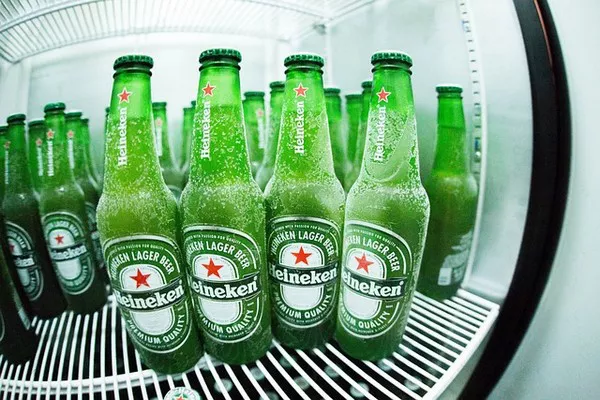Refrigeration systems play a vital role in modern industrial processes, commercial cooling, and food preservation. Among various refrigerants, carbon dioxide (CO2) has emerged as an eco-friendly alternative due to its low global warming potential (GWP) and ozone depletion potential (ODP). This article will delve into the inner workings of CO2 refrigeration systems, exploring the principles behind their operation and their advantages over traditional refrigerants.
The Basics of CO2 Refrigeration Systems
CO2 refrigeration systems, also known as transcritical CO2 systems, operate on the principle of vapor compression refrigeration. The system utilizes the unique thermodynamic properties of CO2 as a refrigerant to transfer heat from one location to another. The main components of a typical CO2 refrigeration system include a compressor, condenser, expansion valve, and evaporator.
Compressor Stage
The refrigeration cycle begins with the compressor stage, where gaseous CO2 is drawn into the compressor and compressed to a higher pressure. As the gas is compressed, its temperature rises significantly. The compressor’s role is crucial as it provides the energy required to circulate the refrigerant throughout the system.
Condensation Stage
The high-pressure, high-temperature gaseous CO2 then moves to the condenser, where heat is released, causing the gas to condense into a liquid state. During this process, the refrigerant releases its heat to the surrounding environment or a separate water circuit. The condensation stage is a crucial step in cooling down the refrigerant before it enters the expansion valve.
Expansion Valve
After the condensation stage, the high-pressure liquid CO2 moves through the expansion valve. The expansion valve serves to reduce the refrigerant’s pressure rapidly, leading to a decrease in its temperature. This drop in pressure causes the liquid CO2 to transform into a mixture of liquid and vapor, entering the evaporator at a lower temperature.
Evaporation Stage
In the evaporator, the CO2 absorbs heat from its surroundings, which could be air or a fluid like water. As the refrigerant absorbs heat, it evaporates into a gaseous state. This heat absorption causes the temperature of the surroundings to drop, facilitating cooling in refrigeration applications. The gaseous CO2 is then drawn back into the compressor to restart the refrigeration cycle.
Advantages of CO2 Refrigeration Systems
CO2 refrigeration systems offer several advantages over traditional refrigerants, such as hydrofluorocarbons (HFCs) and hydrochlorofluorocarbons (HCFCs):
a. Environmental Benefits: CO2 has a GWP of 1, making it environmentally friendly compared to HFCs and HCFCs, which have significantly higher GWPs. Additionally, CO2 has an ODP of 0, making it non-ozone depleting.
b. Energy Efficiency: CO2 has excellent thermodynamic properties, allowing for efficient heat transfer. This leads to improved energy efficiency and reduced operating costs over the system’s lifetime.
c. Regulatory Compliance: With growing environmental concerns, governments and regulatory bodies are increasingly encouraging the adoption of low-GWP refrigerants like CO2. By using CO2 refrigeration systems, businesses can stay compliant with environmental regulations.
d. Availability and Cost: CO2 is abundantly available and relatively cost-effective, reducing the system’s overall operational costs.
e. Enhanced Performance in Low-Temperature Applications: CO2 refrigeration systems outperform traditional refrigerants in low-temperature applications, such as cold storage and ice rinks, where the system’s efficiency remains high.
Conclusion
CO2 refrigeration systems offer a promising and environmentally responsible alternative to traditional refrigerants, contributing to sustainability efforts and combating climate change. The principle of operation behind CO2 refrigeration systems lies in the vapor compression cycle, where the refrigerant undergoes phases of compression, condensation, expansion, and evaporation. Their advantages in terms of energy efficiency, environmental benefits, and regulatory compliance make them a compelling choice for a wide range of cooling applications.
As the world continues to prioritize eco-friendly practices, CO2 refrigeration systems are poised to play a significant role in shaping the future of refrigeration technology, promoting a greener and more sustainable world.

